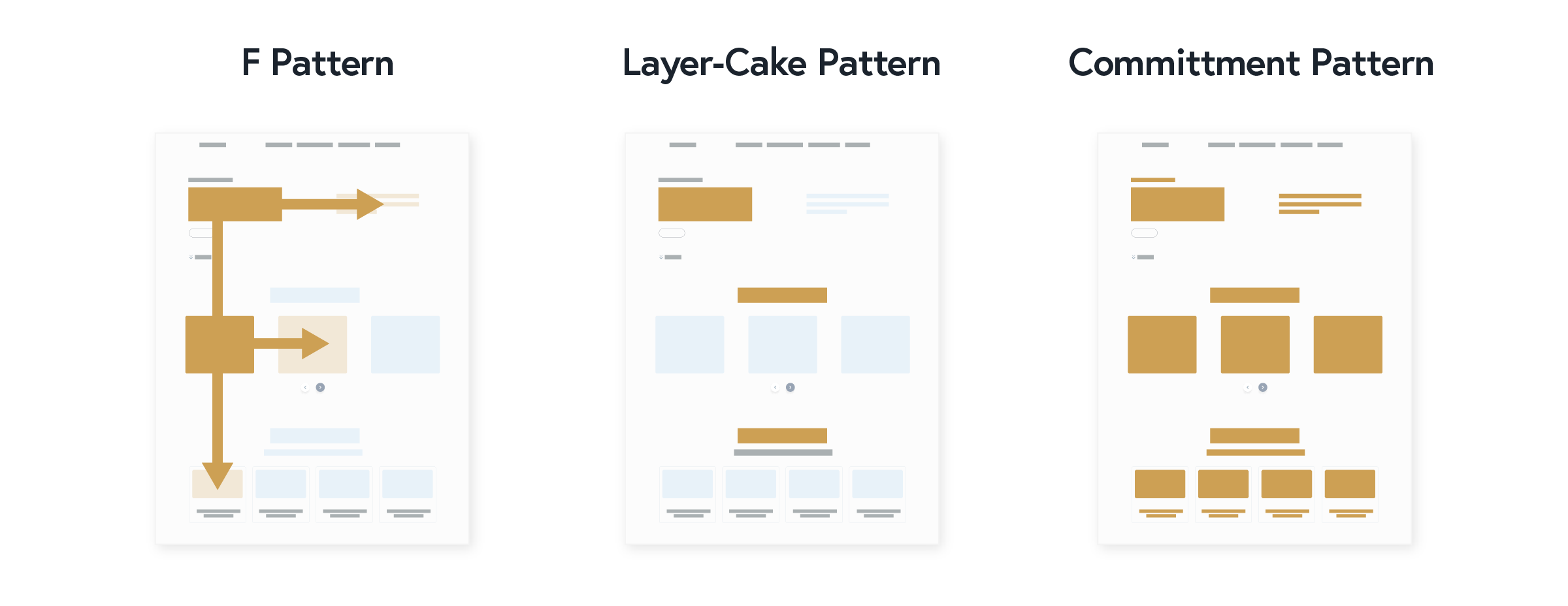Why your technical writing needs to be for a general audience
I’m a scientist.
In graduate school, I studied neuroscience and spent long hours in the lab – occasionally overnight – measuring blood and brain samples for my research. As a professor, I taught everything from basic psychology to anatomy and physiology.
I’m also a writer. I’ve spent the last five years working with academics across multiple disciplines, in biotech, and in the government. I’m currently working as a press officer and content writer for ARPA‑H.
The most important thing I’ve learned from these experiences is that there’s nothing special about communicating with a scientific audience.
General, nontechnical, and scientific audiences
No matter what you’re writing, the first step is to identify who you are trying to reach.
Journalists, lawmakers, and the public are all nontechnical audiences, even the ones who have an interest in following science news. “General public” is a broad category of people who have all sorts of educational backgrounds and expertise in diverse topics.
Scientists and engineers are a narrower audience. Because of their specialized backgrounds, we expect they can follow all sorts of technical communications, including research solicitations, contract materials, official reports, and targeted marketing. When experts write for technical audiences, they tend to assume their readers will understand highly technical concepts and terms.
The reality: Everyone reads online
No matter who you’re writing for, readers view most content online.
We know from studies with eye-tracking software that people don’t read websites. They skim. If an online solicitation, request, or report doesn’t support skimming – or isn’t easy to navigate – it can cause a lot of confusion.

Common online skimming and scanning patterns
That’s a problem.
Specialized training or not, scientists are people, too. They’re subject to the same pitfalls that come with skimming content. Eyes dart across the screen, catching only the first line or first words of a paragraph. They miss anything buried in the middle and at the end of a longer document. Poorly defined vocabulary and long phrases make it worse.
Case in point: Research solicitations
Let’s say you’re a federal agency that funds basic or applied research.
Just because researchers have the technical know-how that your agency is looking for, they may not be wizards at navigating federal requests and requirements. If your opportunity requires collaboration across disciplines – and these days, most do – readers may misinterpret terms from fields not their own.
Remember that sometimes support staff are tasked with combing through an agency’s public website to find information. If your content is too technical or too buried, it might not make it in front of the right audience at all.
For even the most expert audiences, difficult-to-read materials can lead to:
- Inaccurate submissions or replies
- Too few submissions
- Time-consuming rounds of Q&A
- Deadline delays
- Poor public transparency
- Increased scrutiny from media and others
- Missed opportunities for interdisciplinary work
The fix: Simplify and structure your content
Luckily, making content more accessible to a wider audience is easy.
The job of a good writer is to facilitate understanding and avoid confusion. Let your communications specialists lead on strategies for reaching target audiences. Take their advice on messaging, plain language, and structure.
Look at the way this article is organized:
- Subheads direct your focus and break up the page.
- Paragraphs are short and free from dense clauses or jargon.
- Lists make it easy to identify take-aways.
The federal government provides guidelines on how to simplify content for easier reading. Tools within Microsoft Word and various online calculators can score the reading level and complexity of documents, too. It’s best to aim for an 8th to 10th grade level, like in this article.
Plain language serves all audiences
Although it’s true that messages should be tailored for specific audiences, a plain writing style serves everyone.
With plain language, you won’t miss or exclude anyone. Nontechnical and secondary audiences will be better able to follow and understand your agency’s mission. People relying on screen readers or other assistive technologies benefit from clear formatting.
By making even your technical content accessible to all audiences, your agency can deliver the transparency and fairness that citizens expect and deserve.
And the scientific audience? I promise the technical folks will understand the general materials. They’ll likewise appreciate having an easier time making sense of them.
Need help?
Spire’s writers bring superior communication skills and subject matter expertise in health, technology, and life sciences. We’d love to help tell your story!









